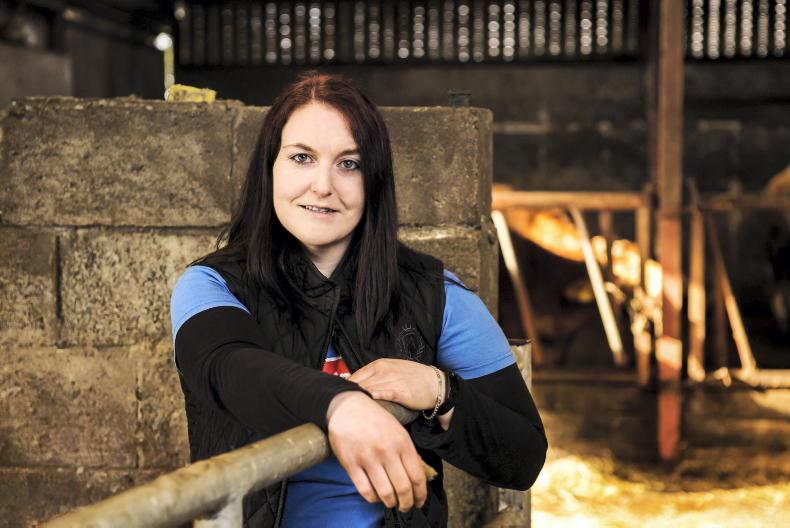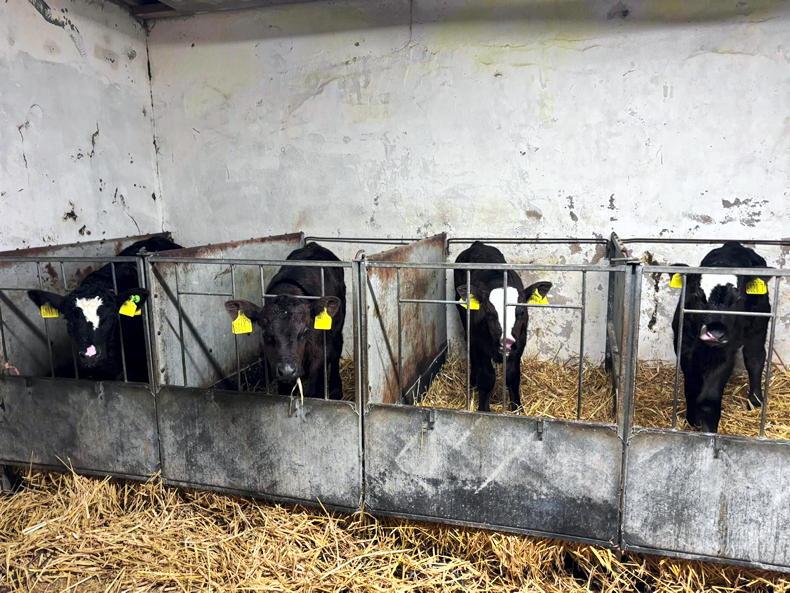Organic farmers are travelling 39km on average to buy feed or ration, a survey of organic farmers has found.
This distance varies from 29km in the border region to 45km in the mid-west, according to the results.
There are now over 5,000 organic farmers in Ireland, 1,000 of whom have joined since January 2024.
Some 912 organic farmers participated in the survey, which is approximately 25% participation rate among the cohort of farmers in organics before the 2024 intake.
In the main, organic farmers purchase ration or straights from the local feed merchant or co-op (70%). However, 15% buy from a local farmer and 10% said they use the Organic Trading Hub to source additional feedstuffs, according to the survey.
Some 29% of farmers said that they require a feed mix above 16% protein, 22% require a feed mix below 16% protein and the rest were unsure.
Bags v bulk
The majority of organic farmers are purchasing ration in bagged form (55%), while 18% are purchasing feed in half-tonne bags and just 9% in bulk.
Opportunity
Minister of State at the Department of Agriculture Pippa Hackett said on Tuesday 20 February when announcing the report that there is an opportunity for an organic feed mill as the sector continues to grow.
"There is a demand across all regions, but particularly in the border, west, southwest and midland regions. It is to be noted the very significant indicated demand for dairy concentrate feed in the southeast region and for both beef and sheep concentrates in the western counties [of] Mayo, Roscommon and Galway. This highlights opportunities for feed merchants across the regions to meet the requirements."
Participants
Overall, 40% of the survey participants have obtained full organic status and 60% are in conversion. The majority of those who responded have beef (76%) and/or sheep (43%) enterprises.
Some 12% have a tillage enterprise, 4% have poultry and 3% have dairy.
Response numbers were reflective of the geographic spread of organic farmers. Responses were received from every county, with the largest numbers came from Roscommon, Galway, Kerry, Cork and Donegal.










SHARING OPTIONS